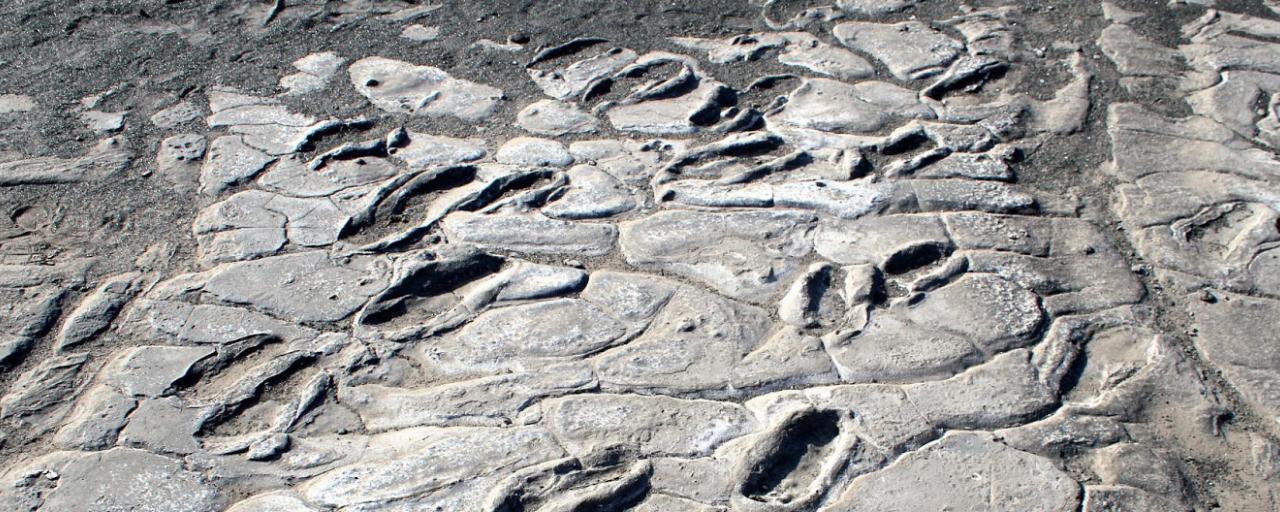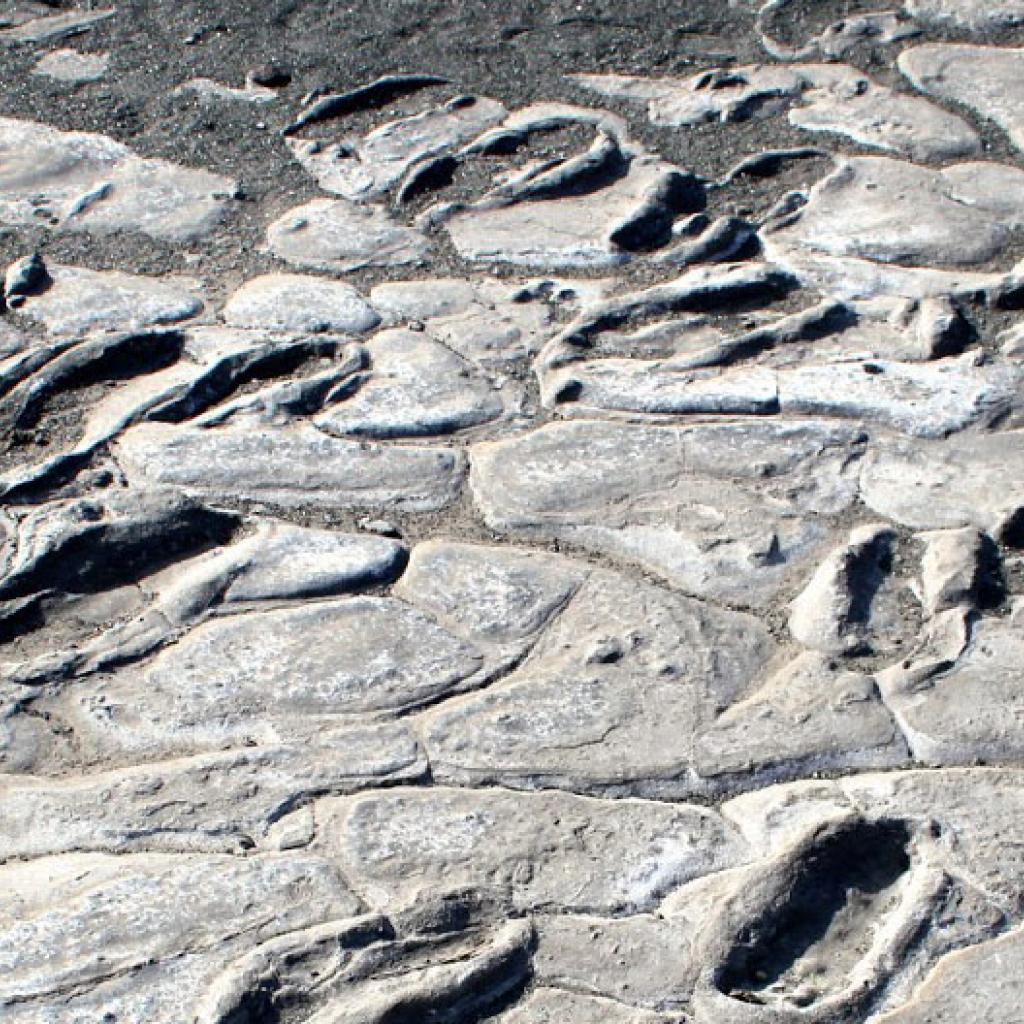Some places of Tanzania represent a milestone in the history of mankind, especially the period of the origins of man, here there were indeed spectacular and numerous finds of very archaic remains of Australopithecines; this demonstrates the fact that it is one of the places that were inhabited by mankind at the beginning of its history.
A very important place is represented by Laetoli where, in levels dated more than 3.5 million years ago, it was brought to light a series of footprints of individuals (perhaps Australopithecus afarensis), who walked with a gait already fully erect.
The most significant site is certainly the Olduvai gorge that cuts through the plains of the Serengeti, where over 50 years of research conducted by M.D.Leakey have allowed us to explore the long Oldowan and Acheulean sequences present in this field; microlithic industries dated arout 17,000 years are present at the top of deposits kept in this gorge.
Remains of Australopithecus boisei, Homo habilis and Homo erectus have been found in several sites of Levels 1, 2 and 3 at Olduvai.
A number of other sites with Acheulean industries of various phases are present in Tanzania (Isimila, Peninj, Isenya).
Human fossils attributed to Homo erectus or to a form of transition to Homo sapiens, with an age of around 400,000 years, were discovered near the Ndutu Lake, while more recent remains, associated to industries of the Middle Stone Age, are coming from a site on the shores of the Eyasi Lake.
Industries of Middle Stone Age and Late Stone Age are known in different locations among which the Nasera shelter on the Serengeti plain.
There are numerous rock art manifestations, of which the most archaic seem to go back to the upper Paleolithic, while the most recent feature naturalistic zoomorphic figures.
Some of them date back to the Neolithic Age; materials of this period, dated between the sixth and the third millennium b.C., are present in rock shelters.
Since the end of the II and during the I millennium b.C., in Tanzania, in addition to the first elements of the Bantu culture, ceramics, agricultural practices and the manufacture of iron spread.
Particularly developed are the metallurgical installations of the beginning of the I millennium b.C., with ceramic materials of Urewe type.
During the flowering of the Zimbabwe kingdom, a flourishing trade of salt, mined in some mines in Tanzania develops and in some centers complex irrigation systems appear; the most important coastal settlement of Tanzania was, at that time, Kilwa.





